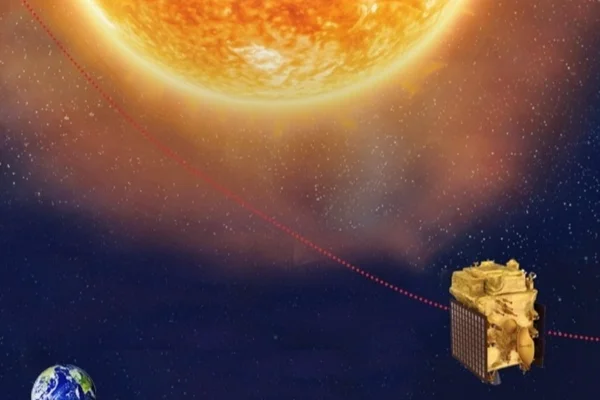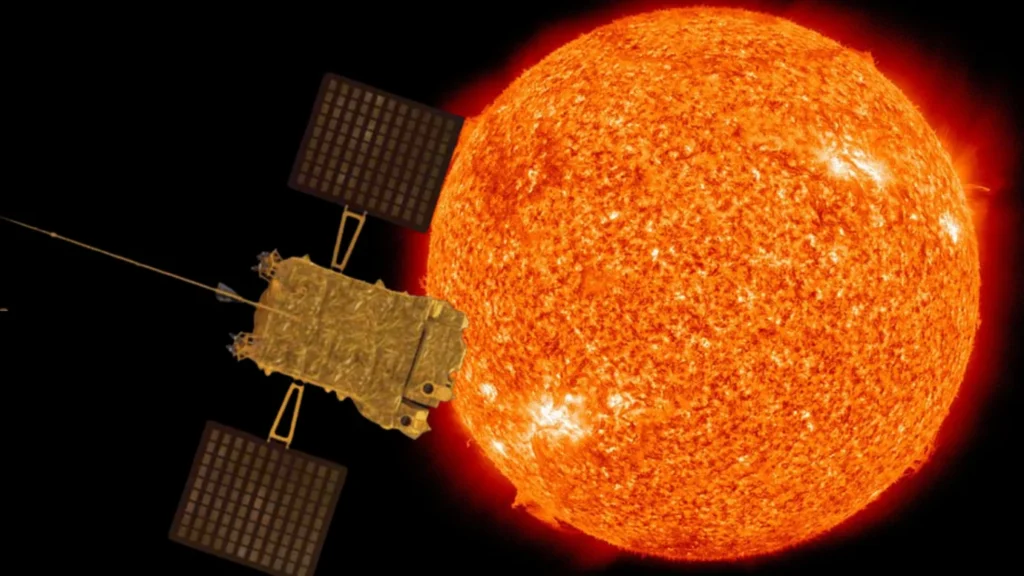Aditya-L1 moved into the ‘halo’ orbit around the L1 point in the Earth-Sun system, from where it will make observations of the Sun for the next five years.
Why did ISRO choose L1 Point for Aditya Mission?
- Stable Gravitational Balance: At the L1 point, the gravitational forces of the Sun and Earth balance out.
- This equilibrium allows the spacecraft to maintain a stable position with minimal fuel usage.
- Unobstructed Solar Observations: Located at L1, Aditya-L1 can continuously observe the Sun without any interruptions caused by eclipses or occultations.
- This uninterrupted view is crucial for long-term solar studies.
- Safety from Solar Heat: Despite its close proximity to the Sun, the spacecraft is at a safe distance (about 148.5 million kilometres) to avoid the extreme heat while still being able to conduct detailed observations.
- Comprehensive Solar Research: Aditya-L1’s strategic location and its equipped payloads enable it to conduct extensive research on various solar phenomena.
- These include studying the solar corona, coronal mass ejections (CMEs), solar wind, and magnetic fields in the solar corona.
- Understanding Space Weather: The mission is pivotal in understanding space weather dynamics, such as the impact of solar activities on the near-Earth environment, which can affect space-based assets.
- Long-Duration Mission: The mission duration of five years allows for prolonged and detailed observation and study of the Sun.
- Advanced Instrumentation: Aditya-L1 carries a variety of instruments, including remote sensing and in-situ payloads, designed to study different aspects of solar physics and space weather.
Ref: Source
| UPSC IAS Preparation Resources | |
| Current Affairs Analysis | Topperspedia |
| GS Shots | Simply Explained |
| Daily Flash Cards | Daily Quiz |





